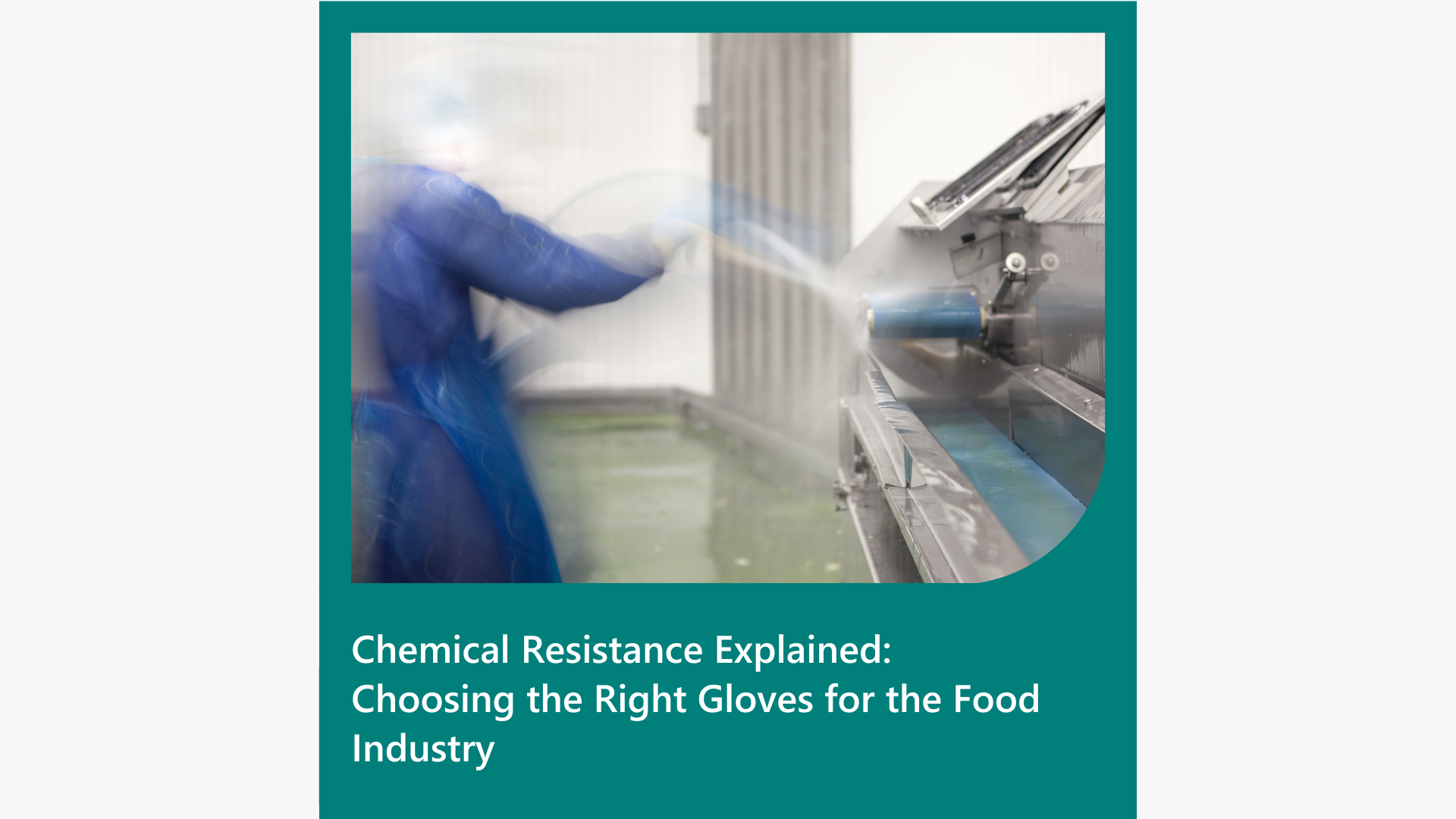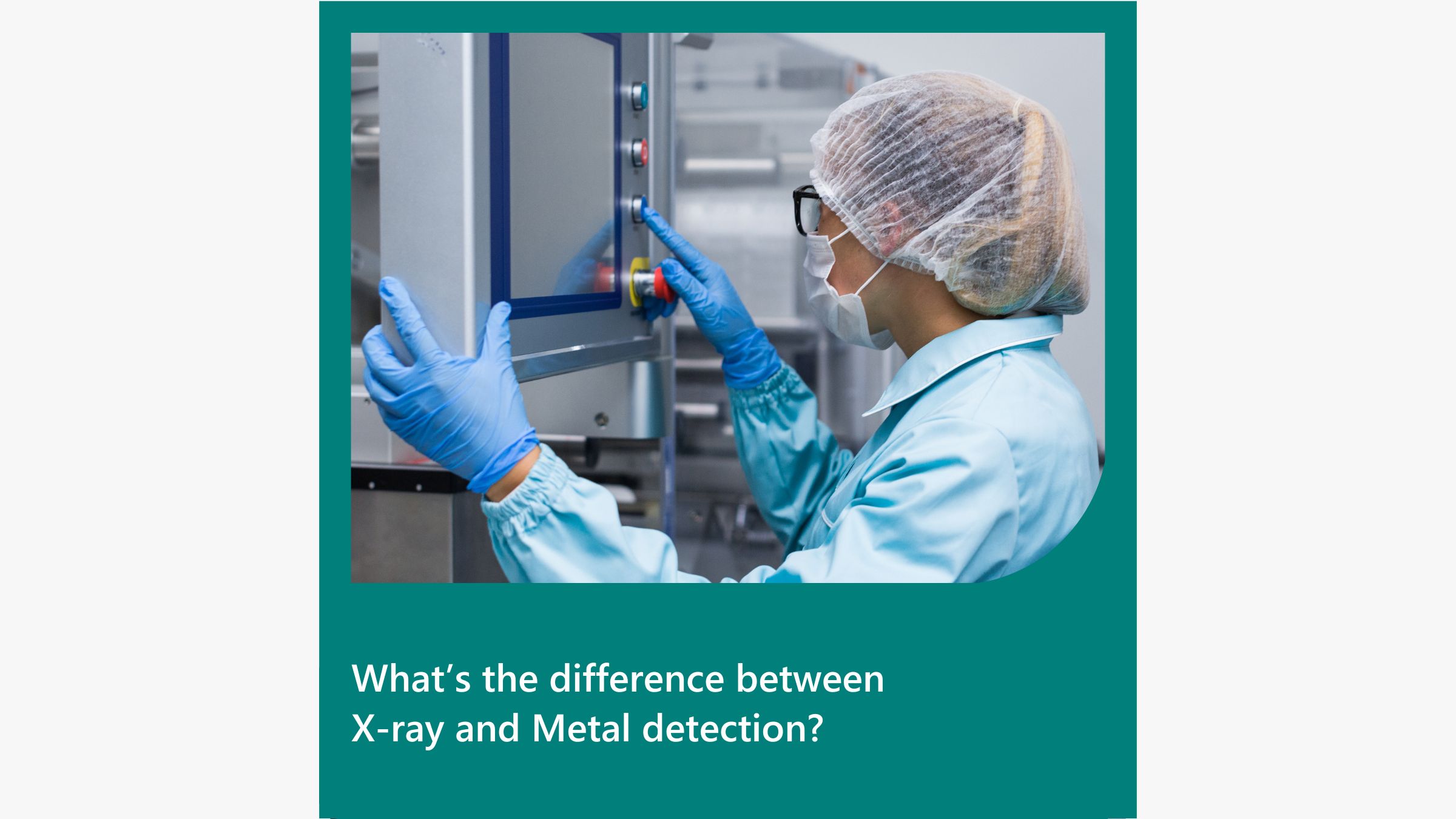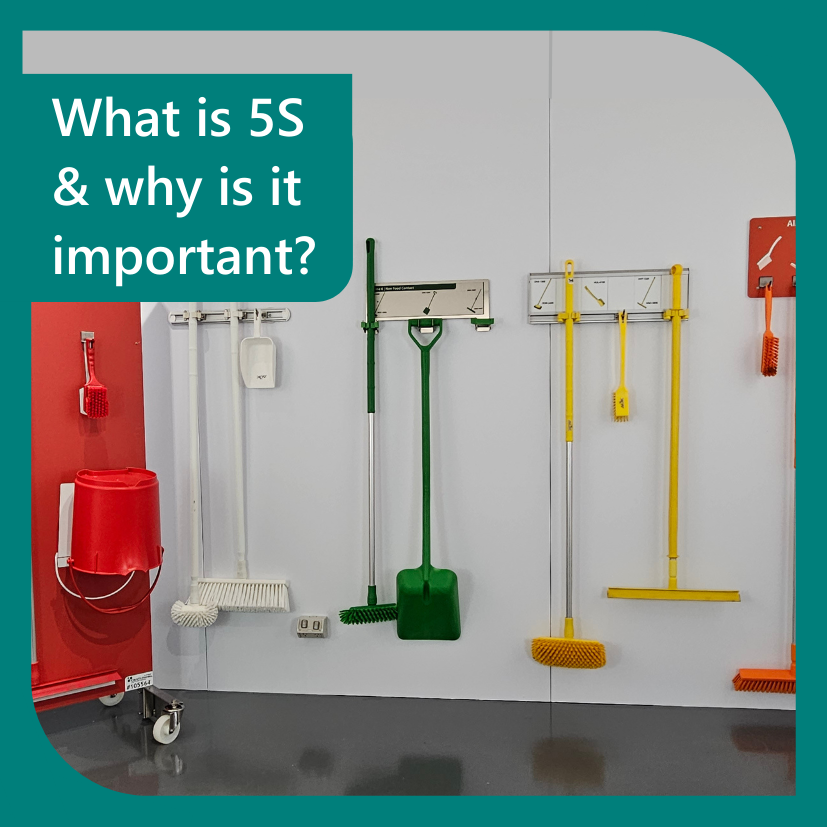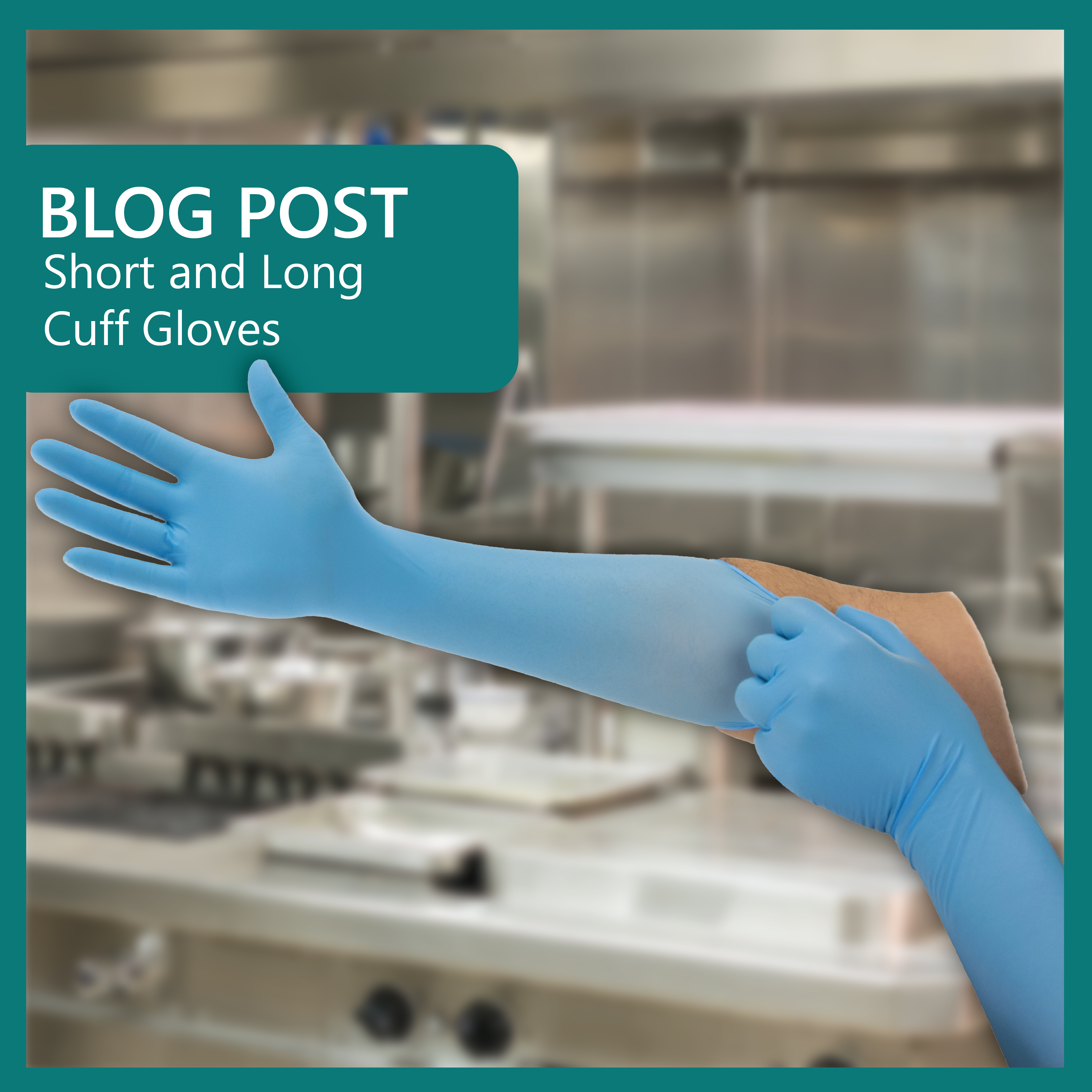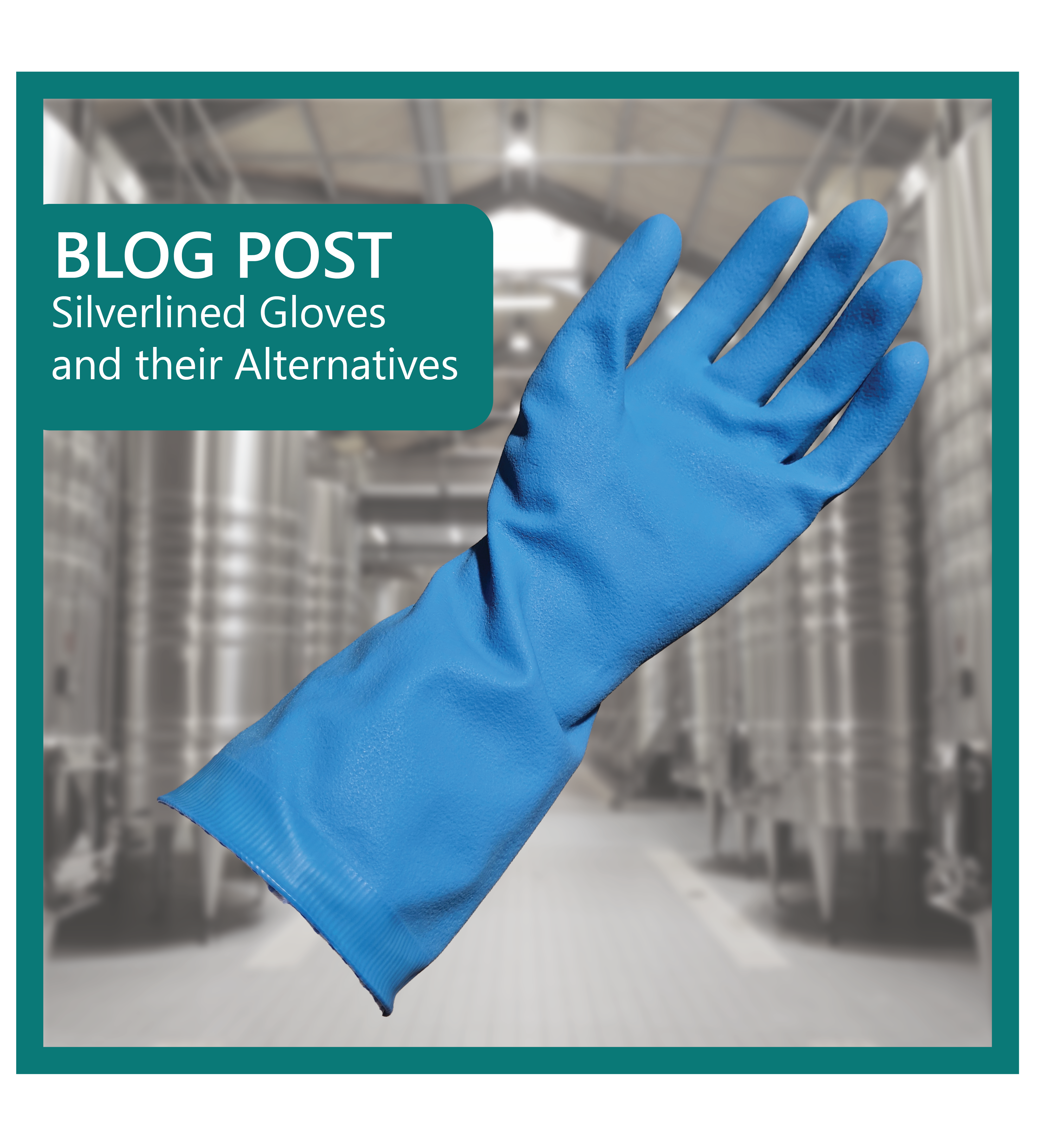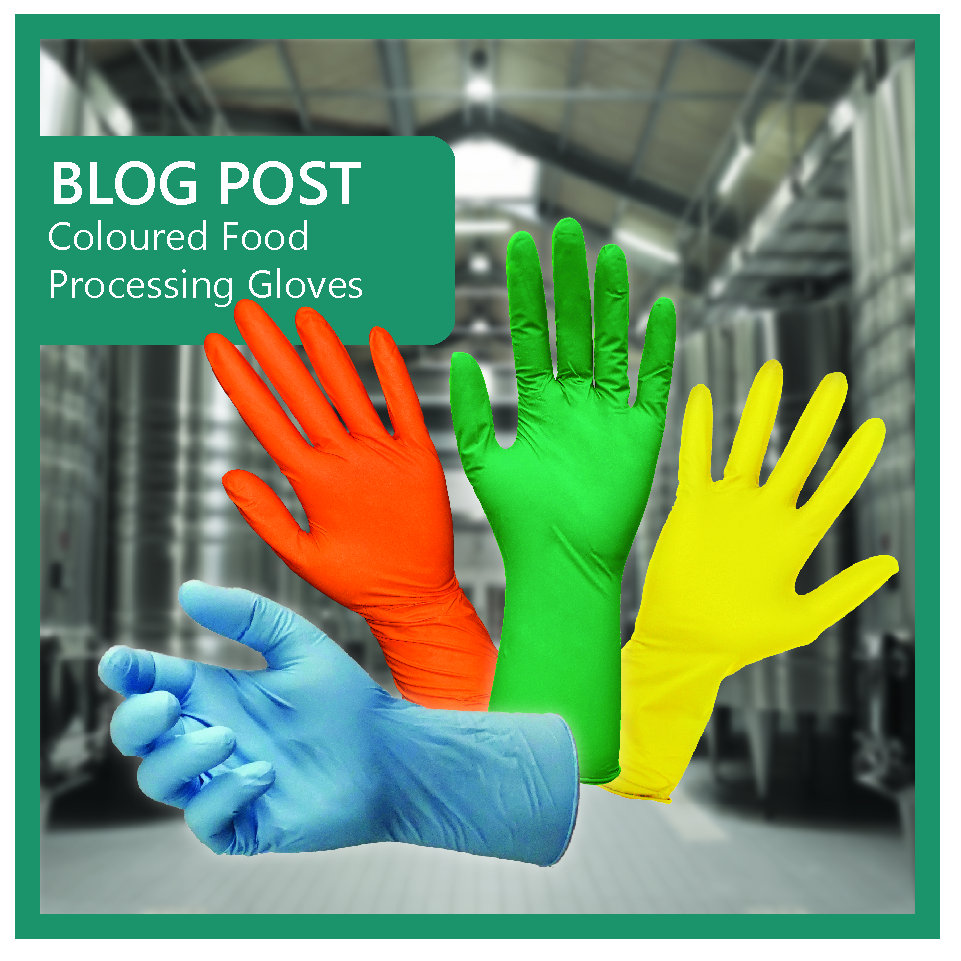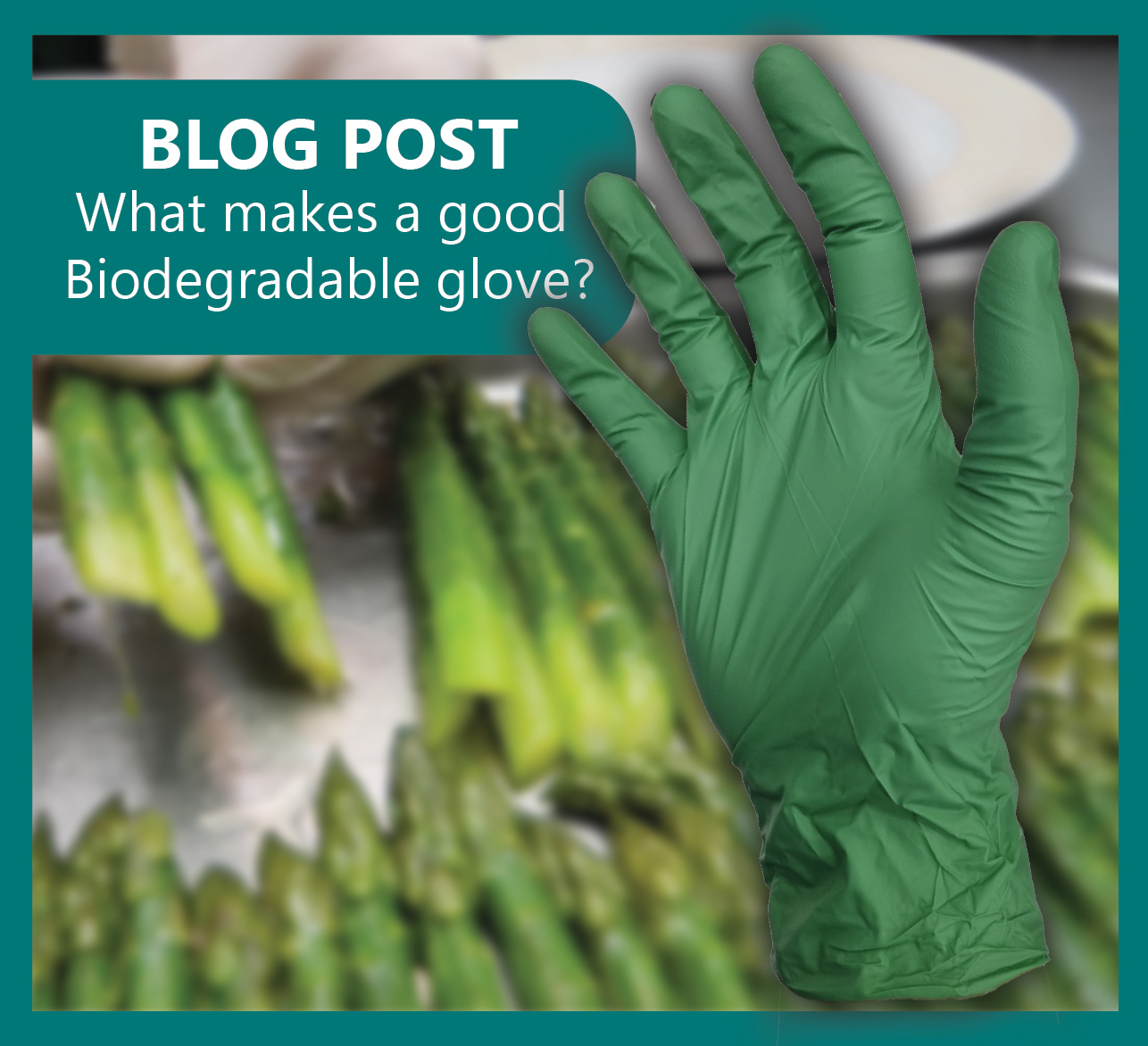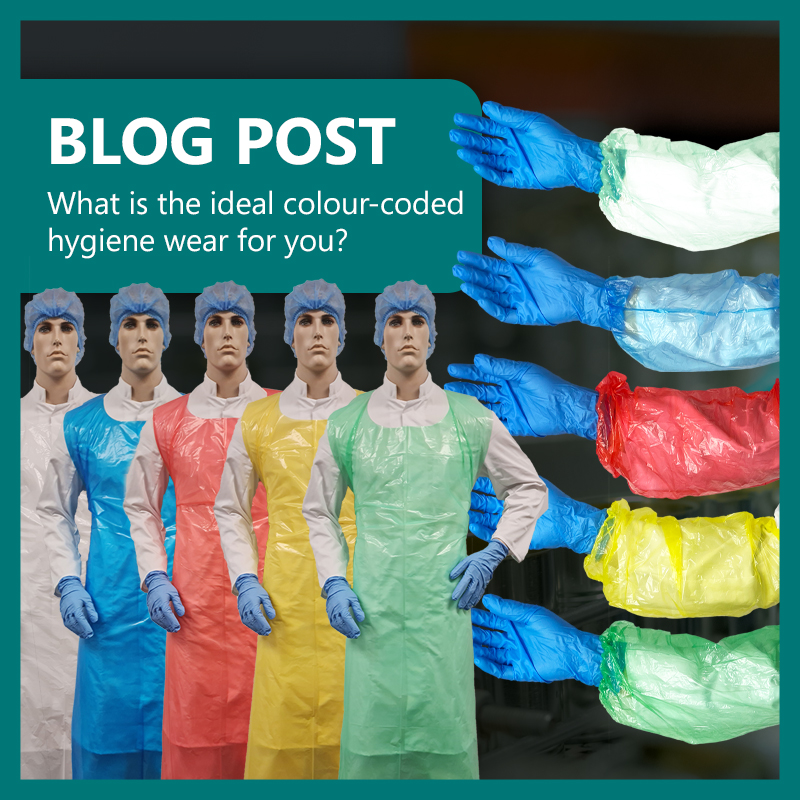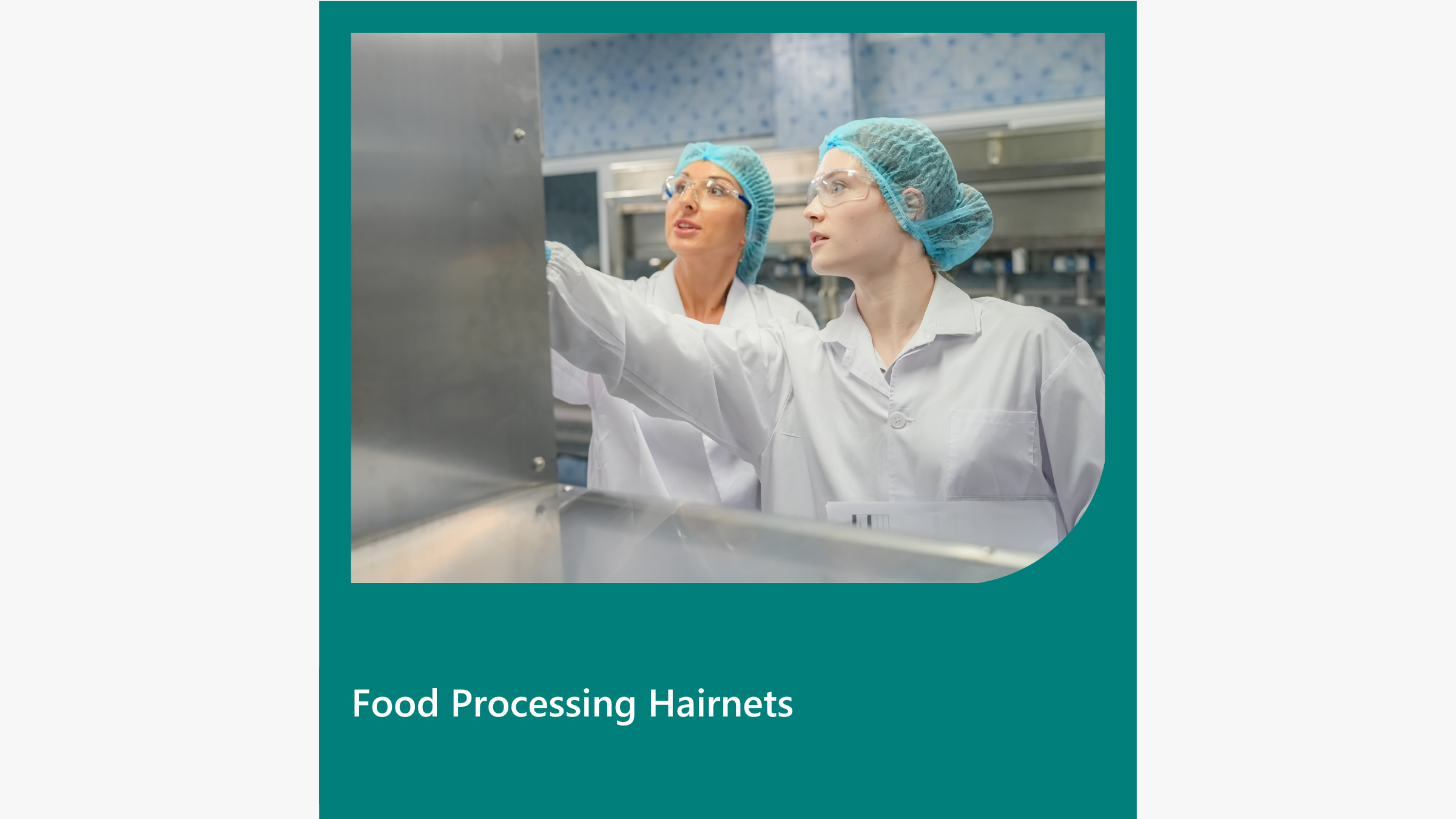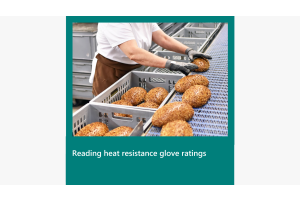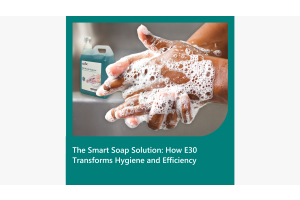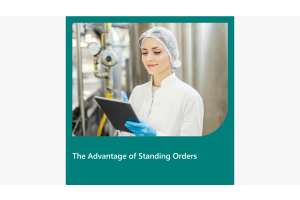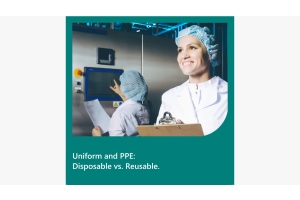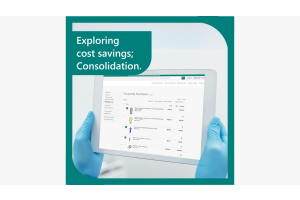Food Safety
-
Posted: November 20, 2024Read more »
In the food industry, safety and hygiene are paramount. From handling acidic ingredients to cleaning with strong sanitizers, workers frequently encounter chemicals that could harm their skin or compromise food safety. This is where chemical-resistant gloves come into play, offering a vital layer of protection.
Understanding chemical resistance is essential for selecting gloves that balance safety, durability, and compliance. Here's what you need to know:
What is Chemical Resistance?Chemical resistance refers to a material's ability to withstand exposure to harmful substances without degradation. In gloves, it ensures the material can protect against specific chemicals without cracking, swelling, or permeating. Properly chosen gloves act as a barrier, preventing skin irritation, burns, or chemical absorption.
Importance of Chemical Resistance in the Food Industry -
Posted: May 30, 2024Read more »
The terms "X-ray detectable" and "metal detectable" refer to two different types of detection technologies used primarily in the food, pharmaceutical, and manufacturing industries to identify and eliminate contaminants. Here's an overview of the differences:
X-ray Detectable
Detection Technology: Uses X-ray imaging to detect contaminants.
Types of Contaminants Detected: Capable of identifying a wide range of contaminants, including metals, glass, stones, bones, certain plastics, and dense rubber compounds.
Detection Method: X-rays pass through the product, and the system detects differences in density between the product and potential contaminants.
Suitability: Ideal for detecting non-metallic contaminants and for products packaged in metalised films or aluminium foil.
Precision: Generally more precise in detecting small or -
Posted: November 17, 2023Read more »
Cleaning is paramount to keeping your food and operations free from contamination, and the tools you use for this greatly impact how protected your food is. It is also key to securing audit compliance and meeting food safety standards.
However, If your tools are not stored and cared for correctly, they can become a contamination risk. This is where 5S Storage Solutions have been designed for the industry. Meaning Sort, Set, Shine, Standardise, and Sustain, it is a globally practiced storage system -
Posted: September 04, 2023Read more »
Blue is associated as the food industry colour, as it contrasts the majority of ingredients.
This, of course allows visual detection in the unlikely case of it falling into production. However, the use of coloured PPE has increased within the industry to manage contamination and hygiene risks, with no change to PPE quality or cost.
So, why not just use blue?
Reputational damage from a cross-contamination event is just not an option, not to mention the cost of this on your business. While blue allows for easier foreign object traceability, it doesn’t safe-guard from the possibility of mis-handling product, for example allergens.
This is where colour coded PPE comes in. -
Posted: March 13, 2023Read more »
In the food processing industry, choosing the right type of glove can be a challenging decision, as it is one of the most critical food processing consumables. Often However, the length of the cuff is a forgotten consideration. Explore the differences between long cuff and short cuff gloves and help you determine which one is right for your food processing needs.
Short cuff gloves, or standard cuffs, are typically 240mm (from cuff to tip of middle finger) and normally extend to the wrist.
Long cuff nitrile gloves are typically 280-300mm long (from cuff to tip of middle finger). Extending past the wrist.
Extra-long cuff are also available, ranging from 400mm and even up to 600mm. These gloves can extend up the arm, often up to the elbow or even higher.Which One is Right for You?
Disposable gloves are used in such a vast array of circumstances, across many industries.
There are many subtle differences in gloves,
-
Posted: February 23, 2023Read more »
In the food processing industry, workers are often exposed to various work environments that require different types of personal protective equipment (PPE) to maintain hygiene standards. Among the body parts most susceptible to harm are the hands, which are prone to burns, cuts, and exposure to harmful chemicals.
To facilitate easier hand insertion, a grey-coloured coating is applied on the inside of rubber latex gloves. So-called silver lined gloves are generally thicker and offer better resistance to chemical and abrasive hazards than disposable nitrile gloves, making them a good choice for tasks that require heavy-duty protection. They also have better temperature resistance than disposable gloves.
Although silverlined latex gloves are an excellent option for protecting against these risks, a small percentage (less than 1%) of individuals may experience allergic reactions.
-
Posted: February 10, 2023Read more »
In the food processing industry, colour coding is an effective way to prevent cross-contamination and reduce the risk of allergen exposure.
Designating a specific colour to different ingredients or parts of the process allows employees to identify and maintain food safety standards quickly.When deciding which colours to use, it's important to start by identifying which ingredients require segregation. For example, if you have allergens such as nuts or gluten in your food processing site, it's important to consider the colour
-
Posted: January 16, 2023Read more »
Why is biodegradability so important?
Biodegradability is a crucial aspect to consider when it comes to protecting our environment and reducing the amount of plastic waste that ends up in landfills. Biodegradable plastics break down into natural substances like water, carbon dioxide, and biomass, rather than persist in the environment like traditional plastics. This helps to reduce plastic pollution and its negative impact on ecosystems and wildlife.
It is important to note the difference between oxo-degradable and genuine biodegradability. Oxo-degradable plastics contain additives that cause them to break down when exposed to certain environmental conditions, such as heat and UV light, but they do not break down into natural substances and can persist in the environment for a long time.
Although disposable gloves are essential for maintaining food safety and preventing the spread of germs and bacteria, the number of gloves used and discarded is substantial, and
-
Posted: September 12, 2022Read more »
PPE and Hygiene are indispensable in the food processing industry. The purpose of hygiene wear and PPE are quite different to one another; hygiene wear is disposable clothing designed to keep the food free from contamination; protecting the task from the wearer whereas PPE protects the wearer from the task. These products can occasionally satisfy both purposes. For instance, a disposable poncho protects the wearer from splashes while preventing matter from falling off their clothes.
Colour, as we know, plays a critical role in preventing cross-contamination and controlling allergens. Most hygiene wear is available in blue and or white, but many come in additional colours such as red, yellow, and green. Purple, pink, orange and black are unique colours and can further signify different roles or tasks.
It is crucial, however, not to overcomplicate your colour-coded system. Colour coding works due to its quick visual recognition and ease of interpretation - particularly
-
Posted: June 24, 2022Read more »
Most (if not all) of those who work in the Food Processing industry is familiar with hairnets. They can also be referred to as bouffant or mob caps, berets, or even caterpillar or crimped hats. The primary purpose of a hairnet is to prevent hair from falling into production. There can also be vast differences between the various types of hairnets.
Here is a list of the standard features across the various types of hairnets to help ensure maximum hair containment:
- Size
- Shape
- Material
- Weight of material
- The elastic
- The weld
- The colour
- Packaging
How can these features impact you?
Firstly, the size. The size depends on the amount of hair which will determine the size hairnet required. The two main measures are 21” and 24”; team members with long hair will find 24” hairnets are more suitable as they hold the weight more comfortably.

